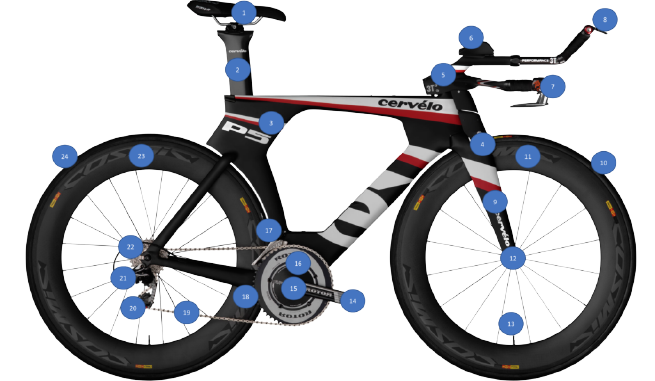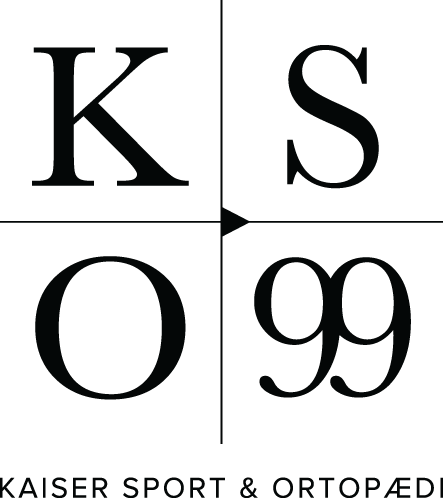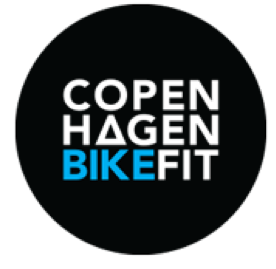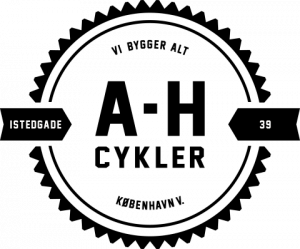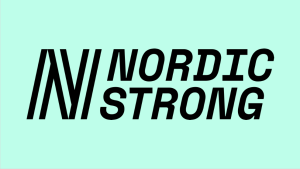Miscellaneous information
The most important rule for participation in cycling training in /tri club Denmark is HELMET. If you show up for training without a helmet, you will be sent home WITHOUT EXCEPTION!
In addition, it is expected that you follow the instructor. If this is not the case, after a friendly reprimand, the instructor has every right to ask you to train alone the time in question.
When we ride in groups, we try not to have more than 12 people in each group, including an instructor and a helper appointed by the instructor. These two have the task of getting everyone in the group around and back home, but everyone in the group has a shared responsibility for safe driving and keeping the group together. This is done mixed by following 10 cycling commandments.
The stricter rules for cycling are only there to minimize the risk of crashes as much as possible. Rule number 10 is because we are almost always far from home, so in the event of an accident or defect we must be able to resolve this.
Although we work with several levels in /tri club denmark, we cannot guarantee that all levels are represented at all Saturday trainings. This will depend on the attendees and the instructor crew.
Should it therefore happen that you end up driving with a slower team than your actual level, we recommend that you do not split the group apart by driving too hard, but instead give it extra gas on the intervals. Otherwise, in accordance with the above, you must drive alone this day.
1) Follow the training and the trainer's instructions..
2) Take it easy on the transport pieces and use your gunpowder on the intervals.
3) Drive at a steady pace and do not make sudden movements.
4) Constant distance to the driver in front (max 1 m).
5) Never lie in the tri-bar when we ride in a group. Use it when we run intervals/single start.
6) Give/convey clear signs/commands. This also applies to information at the back of the group.
7) Understand and perform the "zip lock" maneuver. DVS: Change from double column to single column.
8) Observe the traffic rules.
9) Do not talk or anything else to an extent that goes beyond attention and safety.
10) Be self-driving - bring tools, spare hoses, pump/cartridges, energy, liquid, mobile, cash/Dankort, ID and health card.
For spinning, we work in the club with a 20-minute test - where you ride as hard as you can for 20 minutes. The test can be done with either a watt meter or heart rate belt.
Regardless of equipment, average heart rate or watts (often called FTP) is used to convert to zones based on the following percentage rates shown in the chart below. You can find out more about the different work zones here:
At the link below you will be able to find a whole lot of videos about cycling
They are not sorted for you. But:
You will be able to find more tips about cleaning and maintenance. As well as tips about swing technique and cadence etc. The language is English
Links to indoor apps (HomeTrainer)
http://www.zwift.com
http://www.bkool.com/en-DK/cycling-app
http://perfprostudio.com/
https://rouvy.com/en/
https://www.cycleops.com/virtualtraining/overview
https://www.trainerroad.com/
https://thesufferfest.com/
Over The Bars – Road Bike Racing Game
https://maximumtrainer.com/
https://www.kinetic.fit/
http://www.goldencheetah.org/


